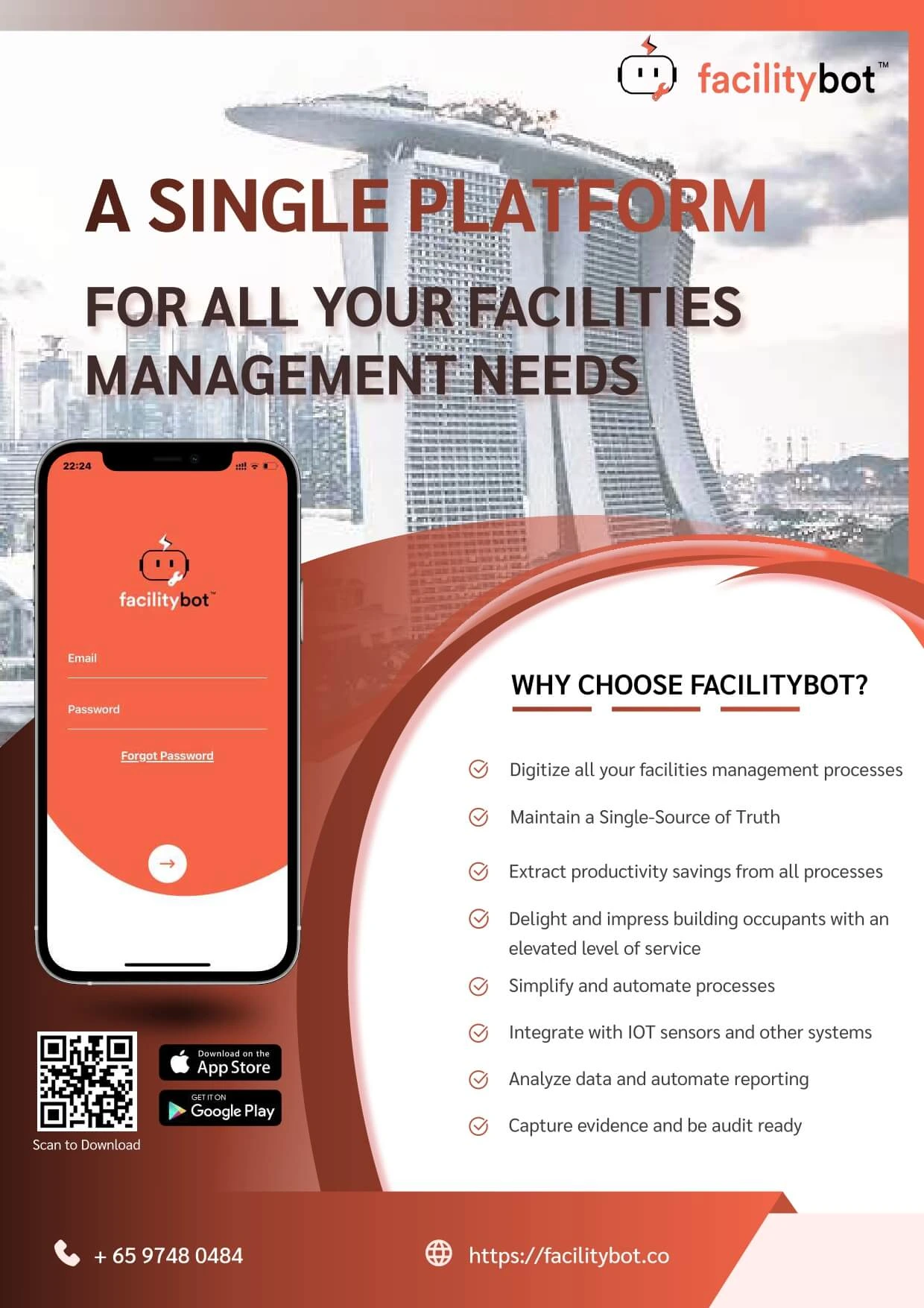Maintenance managers conduct a complex range of tasks in order to ensure that equipment and building operations run smoothly. From responding promptly to fault reports, to scheduling maintenance, cost management, asset replacement planning and providing soft services to building occupants, a lot goes on behind the scenes that may not be directly visible to building occupants.
Without appropriate software, these activities involve tedious manual processes. We built FacilityBot precisely to digitize and automate these manual processes and free up the time of Facilities Managers for higher value added activities.
Coordination with Maintenance Teams
While facilities services focus primarily on physical assets and associated technical elements of these assets, maintenance execution is a people driven process that requires the right balance between process, technology support and leadership. The planning and coordination of maintenance tasks requires a high degree of people management and communication.
Communication is best facilitated with a “Single Source of Truth”. All parties should refer to the same list of requests, checklists and assets. The data associated with these lists should be accurate and comprehensive, including the status of completion, any remarks, endorsements, approvals, communication with the requestors, system time stamps of action taken and associated images.
The Single Source of Truth reduces the need to recall, explain, clarify or contest facts amongst maintenance personnel, the requestors and management, and is a tremendous time saver.
Automated Work Allocation
Coordination and monitoring of the maintenance work groups often involves assignment of tasks and responsibilities. In a large facilities, there may be hundreds of activities every day including fault reports and scheduled maintenance activities. Manual assignment of tasks to internal staff and coordination with external vendors, and ensuring proper completion of tasks including gathering evidence of work completion can be tedious and take up several headcount.
FacilityBot is designed to help by automating work allocation, alerting the relevant personnel when they are assigned and tracking the status of work completion, including gathering evidence of such work completion. Since all actions are captured digitally, FacilityBot captures the “Single Source of Truth” for maintenance activities.
Data-Driven Asset Management
One of the challenges faced by modern maintenance managers is the need to increase the operational efficiency of the organization and reduce unscheduled downtime by implementing maintenance management programs that appropriately balance preventive, predictive, corrective and replacement options. This means that maintenance managers need to have deep knowledge of the assets and equipment under their supervision, operational environment as well as manufacturer’s recommendations and instructions.
In order for good asset decisions to be made, such as retrofitting or replacement decisions, institutional knowledge should be supplemented with actual historic asset maintenance data. It is insufficient to rely on an individual’s recollection of the downtime frequency of a particular equipment to assess if that equipment is reliable. Anecdotal recollection of failure events is also inadequate to conduct proper root cause analysis.
Budget Planning and Control
Maintenance managers are challenged with budget constraints that set a limit to their planning options. Maintenance managers continually need to balance operational expenditures while keeping in mind the impact of these decisions on the long-term productive value of the installed asset base.
Detailed collation of expenditure events, proper linking and assignment of such expenditures to reasons, locations, assets and recipients is crucial to assist maintenance managers in making such budgetary decisions or embark on cost control efforts. For example, a manager in charge of multiple retail stores may compare itemized maintenance expenditures of the various stores. Such comparisons are great starting points to examine why some stores spend more than others. Is it due to the selection of 3rd party vendors? Will demand aggregation help bring costs down? Is it due to the incorrect use of equipment?




